A lioness has been spotted nursing a tiny leopard cub in Tanzania, the first time a wild cat is known to have adopted a cub from another species.
The five-year old lioness, called Nosikitok is closely monitored by conservationists in the Ngorongoro conservation area and is known to have had a litter of her own in mid to late June.
How she came to adopt the leopard cub, thought to be three weeks old, is not known. But Luke Hunter, president of big cat conservation group Panthera, said her recent births are a critical factor: “She is physiologically primed to take care of baby cats, and the little leopard fits the bill – it is almost exactly the age of her own cubs and physically very similar to them.
“She would not be nursing the cub if she wasn’t already awash with a ferocious maternal drive. Even so, there has never been another case like it, and why it has occurred now is mystifying. This is a truly unique case. It is quite possible she has lost her own cubs, and found the leopard cub in her bereaved state when she would be particularly vulnerable.”

The unique spectacle was captured on camera on Tuesday by a guest at the Ndutu Lodge in Tanzania’s Ngorongoro conservation area. But the cub faces an uncertain future, even if the lioness continues to nurse it.
“It is very unlikely that the lioness’s pride will accept it,” Hunter said. “Lions have very rich, complicated social relationships in which they recognise individuals – by sight and by roars – and so they are very well equipped to distinguish their cubs from others. If the rest of the pride finds the cub, it is likely it would be killed.”
However, if the cub manages to survive for 12-18 months and reaches adulthood, it is likely to revert to leopard behaviour, Hunter said: “Even its early exposure to lion society would not override the millions of years of evolution that has equipped the leopard to be a supreme solitary hunter. I am sure it would go its own way.”
Nosikitok is one of several lions collared and monitored by conservation group KopeLion, which prevented 26 lion hunts in 2016, including some targeting the Masek pride to which Nosikitok belongs.
The hunts take place to prevent, or in retaliation for, attacks on livestock and are the biggest threat facing Ngorongoro’s lions. KopeLion’s “lion scouts”, who come from the Maasai community, work to avoid conflicts by warning local communities when prides are near, reinforcing the corrals that protect livestock and providing wound treatment when animals are attacked.
This article was first published by The Guardian on 14 Jul 2017.
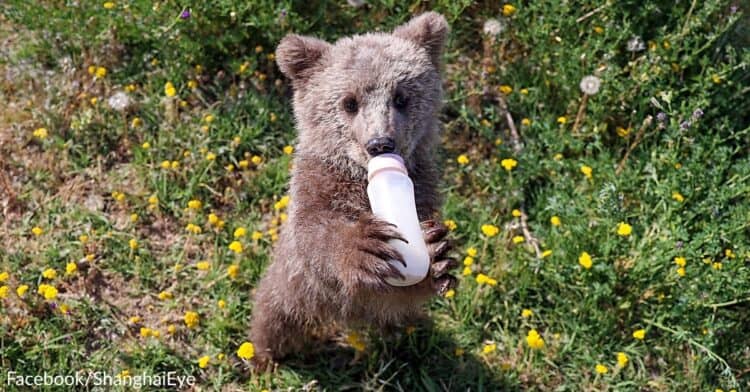

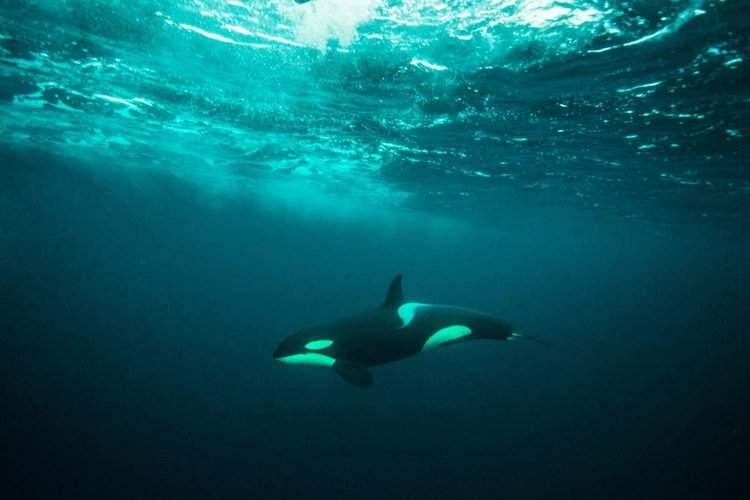
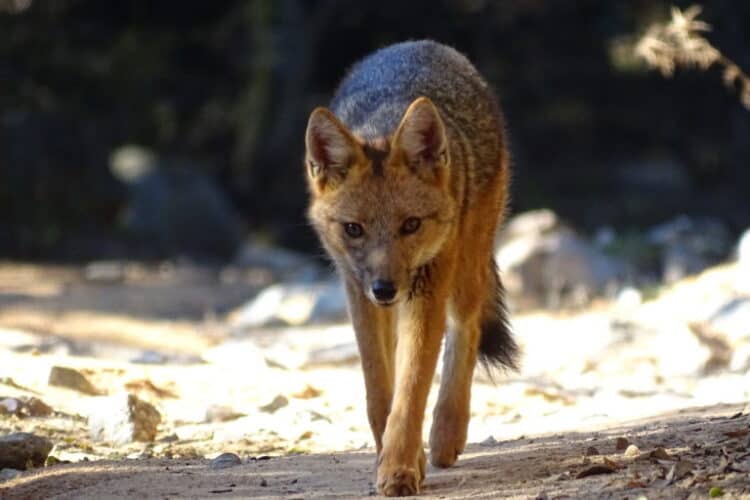
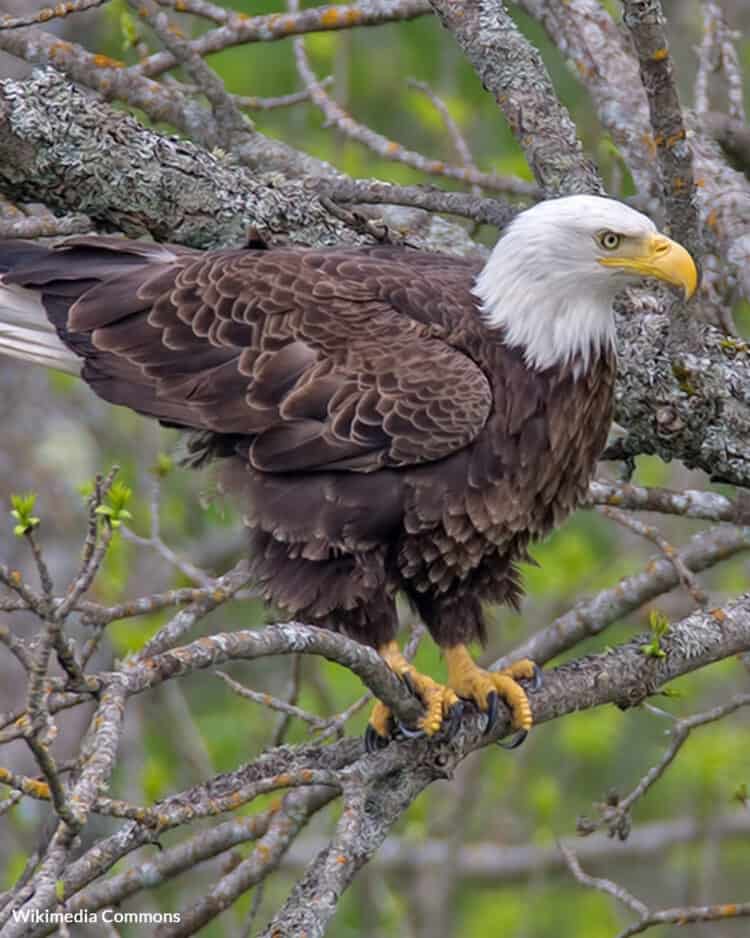
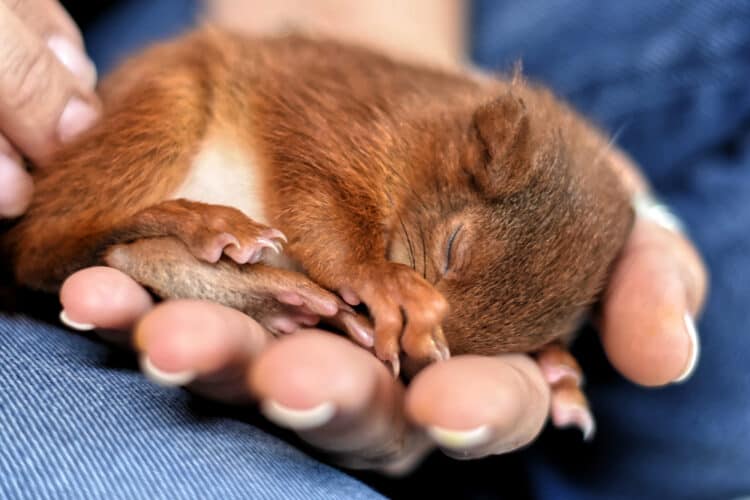
Leave a Reply